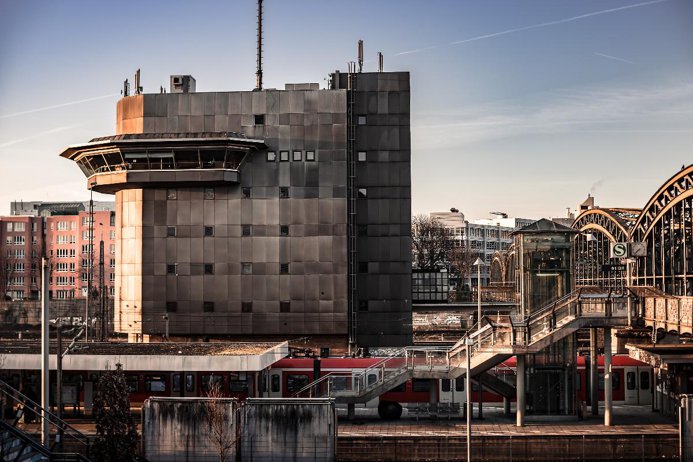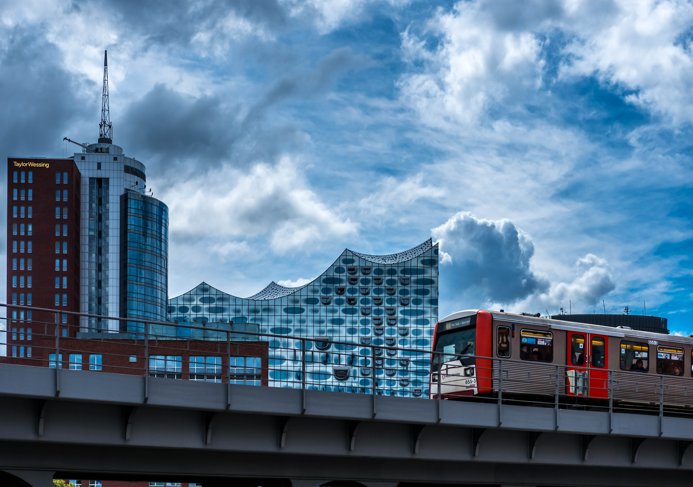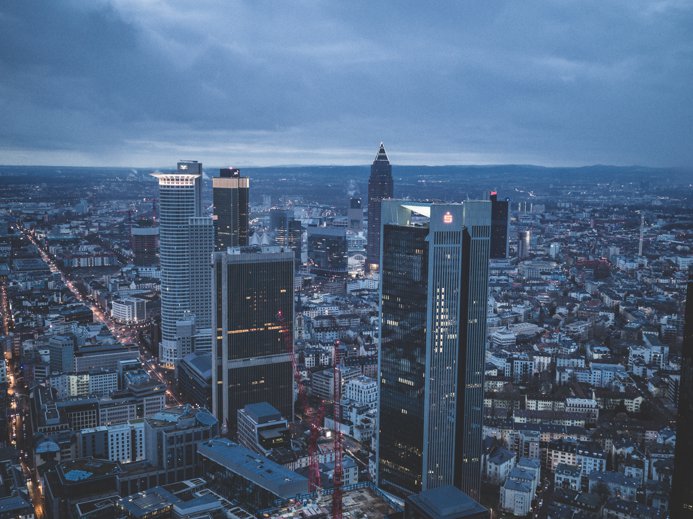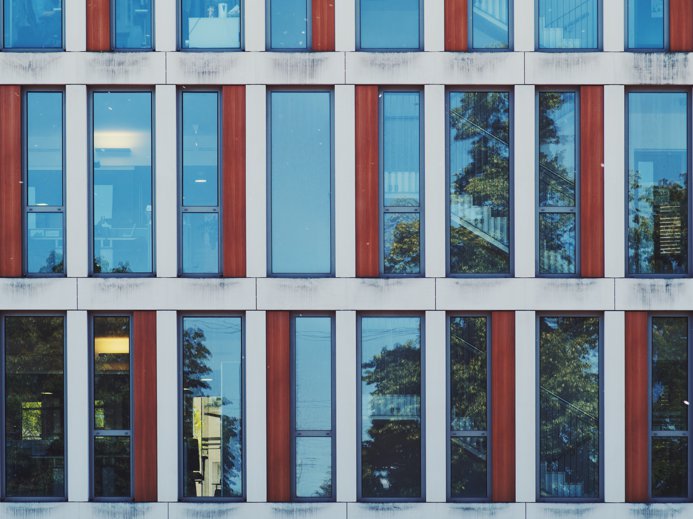German commercial real estate market
The German property market is Europe’s second largest by transaction volume. In 2017, the transaction amount reached €53bn (twice that of 2012), and during the first three quarters of 2018, this figure increased by 8% year-on-year, running at €42bn. JLL experts forecast the total annual transaction volume to top €60bn.
The main reasons for the popularity of the German property market are the country’s stable economy and the cheap financing on offer. According to the Federal Statistical Office of Germany, the country's economy has been growing continuously for eight straight years, the national unemployment rate, as of December 2018, amounts to 3.5% against the Eurozone average of 8.3%. All procedures related to property purchasing are strictly regulated, and the buyer's and the seller's rights are securely protected. International investors can take out a loan from a German bank covering up to 70% of the property cost at 1.5-2% per annum.

The ‘Big Seven’
The cities of the ‘Big Seven’ — Berlin, Cologne, Düsseldorf, Frankfurt, Munich and Stuttgart — account for the vast majority of transactions. According to JLL, of the €42bn invested in German property over the first three quarters of 2018, €26bn was spent precisely in these seven cities.

Frankfurt had the highest volume of commercial property transactions closed during the first nine months of 2018, which amounted to €6.9bn, as calculated by JLL analysts. Experts predict further growth in Frankfurt's property market given the instability Brexit caused in London. ‘Frankfurt is in a good place at the moment given its strategic importance in Europe with the presence of the European Central Bank, the airport, and the relatively low cost of living compared with London and Paris’, says one of the PwC survey respondents. ‘We wish we had bought a bit more in the last few years’.

Berlin, where the commercial property market transaction amount reached €4.9bn during the first three quarters of 2018 according to JLL, ranked second by investment volume. The capital is followed by Munich, where the volume of commercial property transactions ran at €4.5bn during the same period.
Tranio's survey results confirm the popularity of Berlin and Munich. According to the overwhelming majority of German realtors, the capital is the top location for Russian investors, with Munich following. ‘Historically, Munich is one of the most popular cities with Russian investors. As with Berlin, one of the important reasons for its attractiveness is the great tourist flow. Many Tranio clients believe that Munich is the wealthiest, the easiest to understand and the most pleasant city in Germany, so they only want to invest there’, George Kachmazov, Tranio managing partner, comments.
The top three: offices, retail and logistics property
Offices remain the most attractive type of commercial property in the German market with the segment accounting for about 45% of investments during the first nine months of 2018.
The popularity of office space stems from the positive macroeconomic environment. For instance, Berlin is known as the European Silicon Valley: over 500 startups open there every year. According to the Berlin Business Location Centre internet portal, Berlin’s startups attracted €1.07bn of investment in 2018, with 40% of it coming from abroad.

Retail property is the second most popular type of German commercial real estate among investors, accounting for 20% of the total transaction amount involving commercial property during the first three quarters of 2018. Unlike offices, retail properties are bought less often: most transactions in 2018 ranged between €20mn and €60mn.
As found by Tranio's survey results, retail real estate is one of the most popular assets of valued above €1mn among Russian-speaking investors in German property.

Logistics real estate completes the top three, accounting for 15% of the total transaction volume during the first three quarters of 2018. The high demand for this class of asset stems from the growth of online retailing: according to Colliers International, in the past few years the volume of sales in this segment has been increasing by about 20% per annum, and if the growth rate does not change, annual turnover will run at €4.4tn by 2020.
Investors observe aggressive price growth and a decline in the logistics real estate yields, but the demand does not fall, as the market supply is extremely limited. For instance, according to JLL, the average yield rate during the year for industrial warehouses dropped from 4.7% in Q3 2017 to 4.1% in Q3 2018.
Mr Kachmazov adds that different property types are popular in different price ranges. ‘For instance, hotels occupy an unassuming position in the overall ranking, but in the €10-€15mn price range, they are one of the most popular assets’, he explains. ‘And if we take properties below €1mn into account, rental apartments and detached houses would certainly be at the top’. In his opinion, the investors aiming to get a higher return on investment are considering value-added projects or relatively small cities where the prices per square metre are lower than in the already heated markets.
We will send you a content digest not more than once a week
